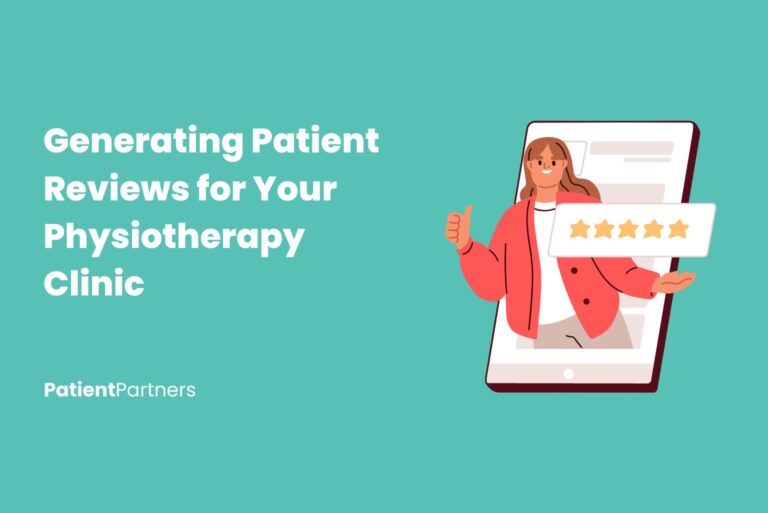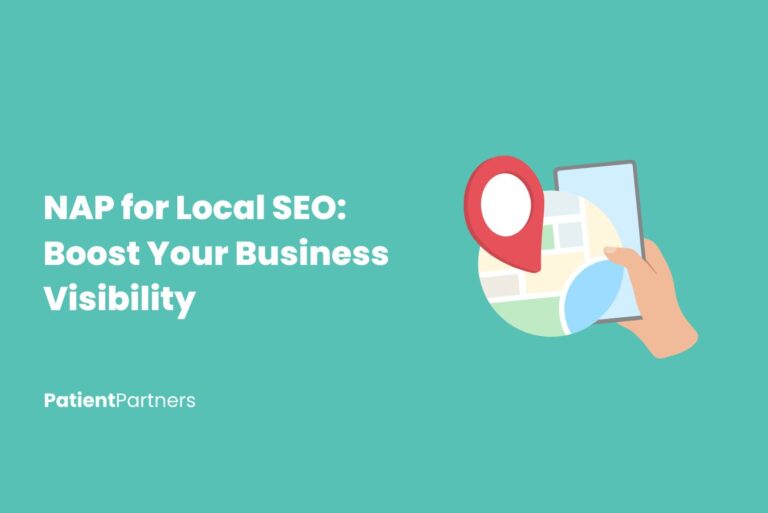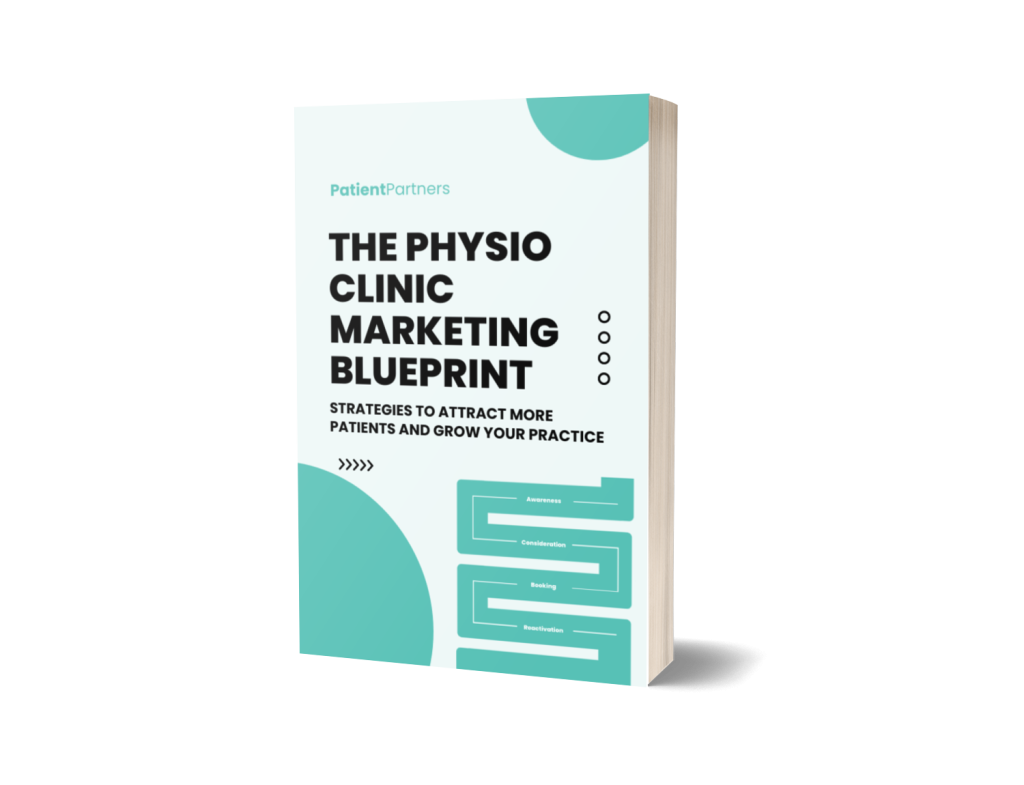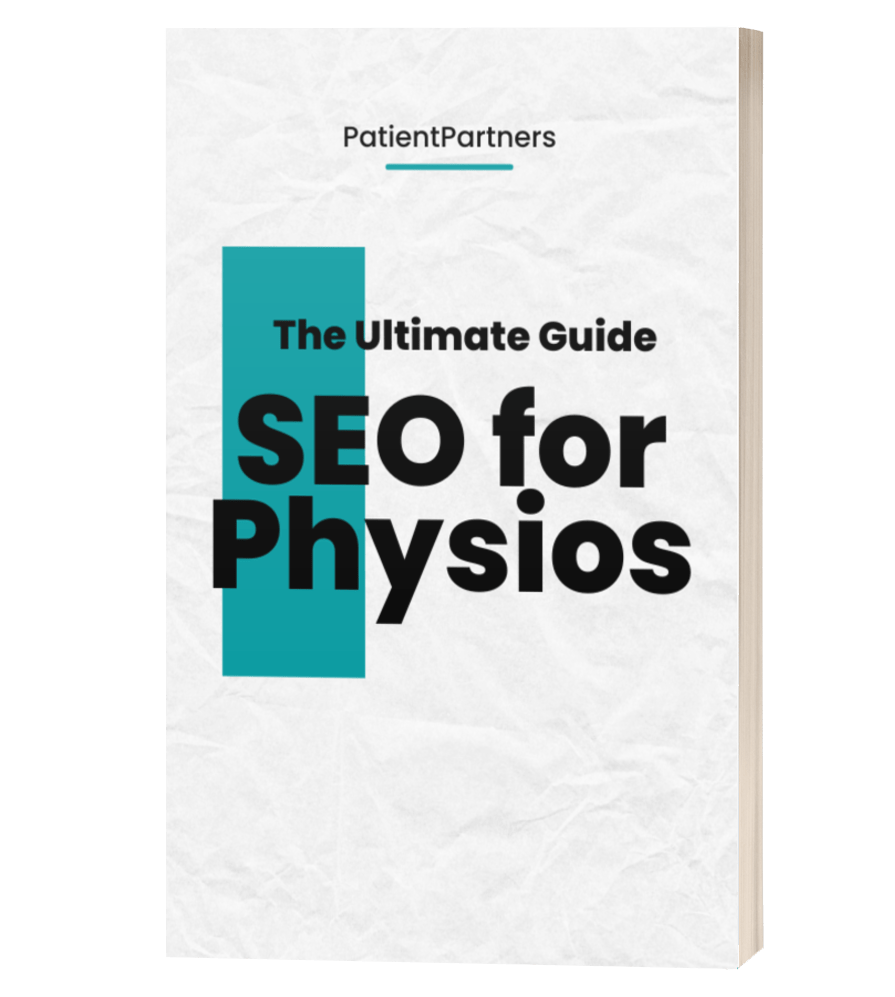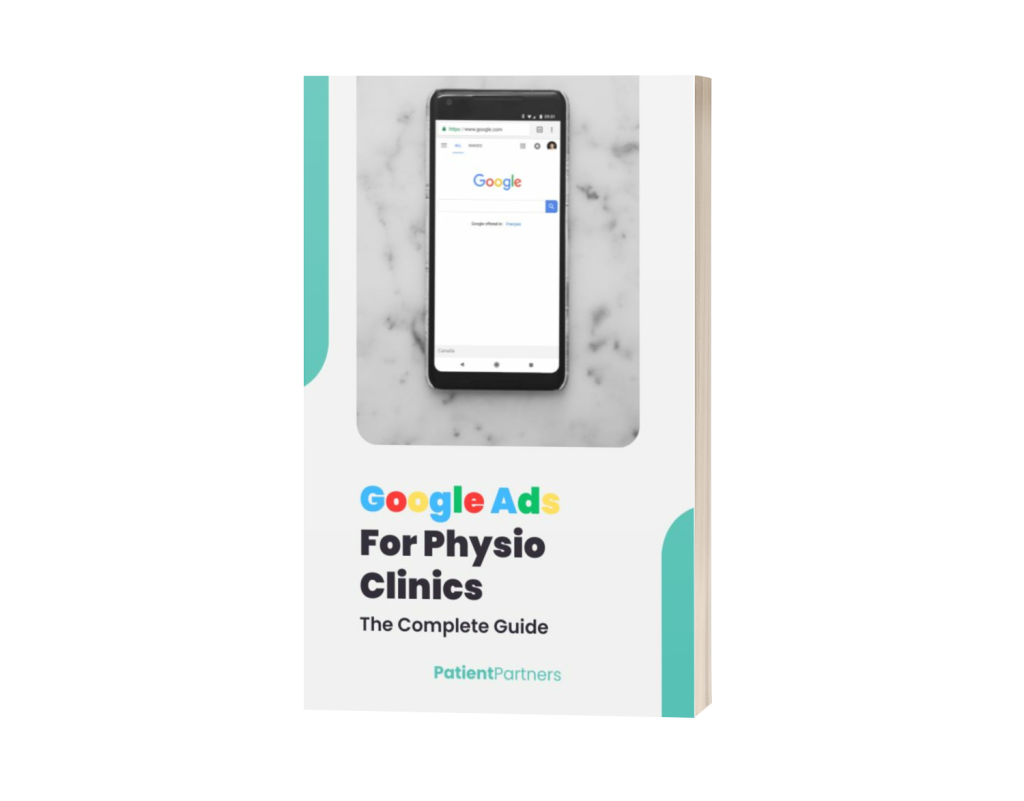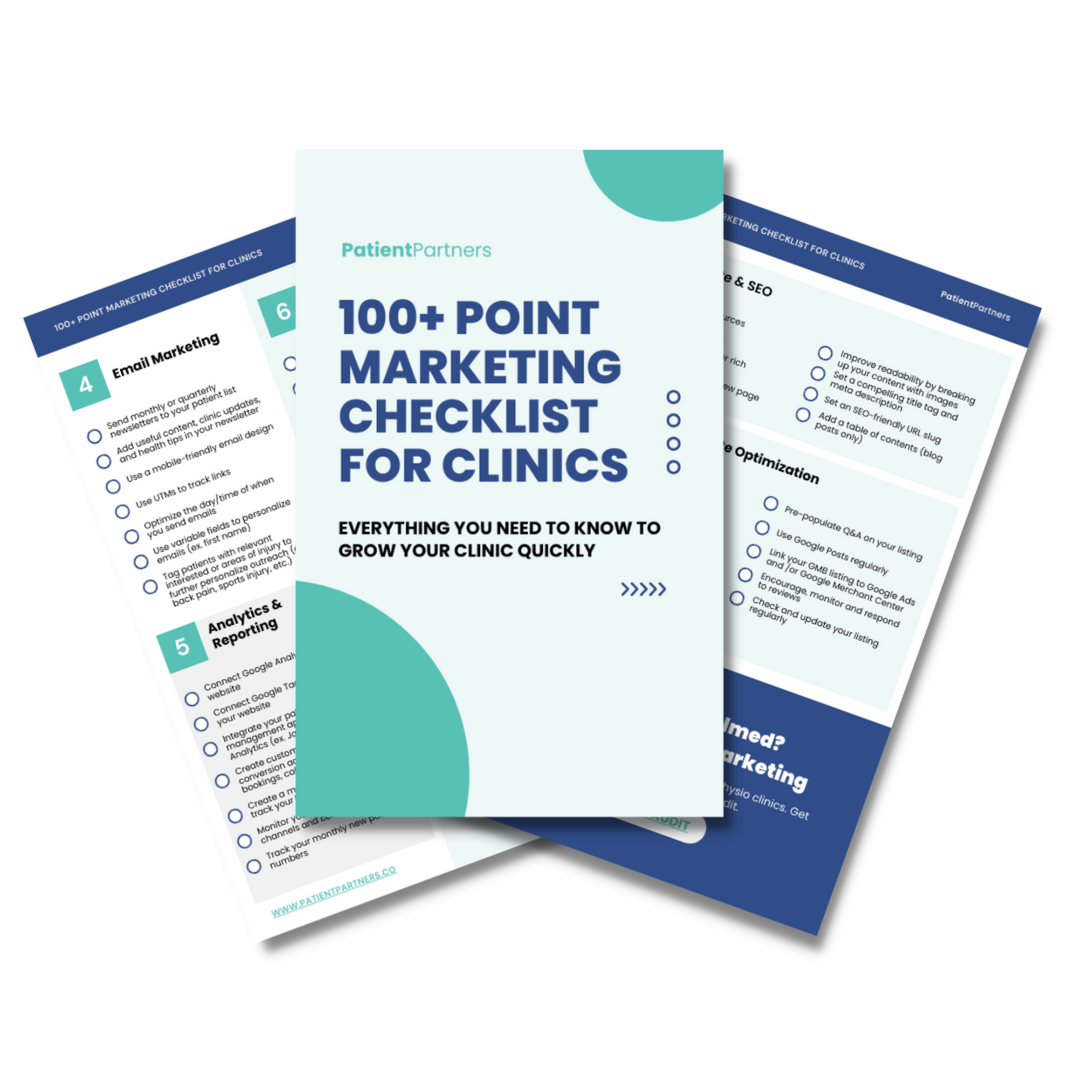When exploring methods to boost your website’s visibility online, you’re faced with two prominent strategies: Search Engine Optimization (SEO) and Pay-Per-Click (PPC) advertising. SEO involves optimizing your website and content to rank higher in organic search engine results. On the other hand, PPC is where you pay a fee each time your ad is clicked, effectively buying visits to your site rather than attempting to earn those visits organically.
Understanding the strengths and limitations of SEO and PPC is crucial for your digital marketing strategy. SEO is cost-effective in the long run and can establish your site’s authority, but it often requires time to see results. PPC offers immediate visibility and can be highly targeted to reach specific audiences, though it requires ongoing investment. The choice between SEO and PPC depends on your business goals, budget, and how quickly you want to see results.
Understanding SEO and PPC
To effectively leverage the digital marketing arena, it is vital for you to understand the distinctions and functions of SEO and PPC. These two strategies shape how you appear in search results and how quickly you can engage with your audience.
Want a free website & marketing audit?
We’ll tell you what parts of your website and marketing are working – and what parts aren’t.

Basics of SEO
SEO, or Search Engine Optimization, involves optimizing your website to increase organic search visibility for relevant queries. The goal is to improve the ranking of your web pages within search engine results pages (SERPs) without paying for placement. Here are key components of SEO:
- Keywords: These are terms that users enter into search engines. Your content should include relevant keywords to rank higher for those search terms.
- Optimization: It includes on-page elements (like H1 tags, meta descriptions) and off-page elements (like backlinks) to improve search engine rankings.
By enhancing your SEO, you are likely to gain increased traffic from people who are searching for information or products related to your business in search engines like Google.
Basics of PPC
PPC, or Pay-Per-Click, is an advertising model where you pay a fee each time one of your ads is clicked. Here’s an overview of PPC:
- Google Ads: This is a common platform for PPC advertising, where you can bid on keywords and place ads in the search engine results.
- Bid & Ads: You set a bid for how much you’re willing to pay per click on certain keywords, and your ads appear above or beside the organic search results for those terms.
PPC can offer a swift route to increased visibility on search engines and can be an effective part of your marketing strategy, especially when immediate results are needed.
Advantages and Challenges
Evaluating the advantages and challenges of both PPC and SEO is essential to determining which strategy aligns with your business goals. Below, you’ll find specific strengths and hurdles each method presents, helping you make an informed decision.
Pros and Cons of SEO
Advantages:
- Cost-Effective: SEO primarily revolves around organic search results which can be more cost-effective in the long run since you don’t pay directly for clicks.
- Trust and Credibility: Higher rankings through SEO can lead to increased trust amongst your audience, as organic results are often viewed as more credible.
Challenges:
- Time-Consuming: SEO takes a significant investment of time before you see results; it’s a long-term strategy.
- Unpredictable: Changes in search engine algorithms can affect your visibility unexpectedly.
Learn about our Local SEO service.
Pros and Cons of PPC
Advantages:
- Immediate Results: PPC offers the benefit of immediate visibility which can lead to quick sales.
- Targeted Advertising: With PPC, you have the ability to target your ads to specific demographics, times, and behaviors.
Challenges:
- Cost: PPC can be expensive. Every click comes at a cost which could deplete a budget quickly if not managed well.
- Investment for Traffic: Unlike SEO, traffic from PPC isn’t free, and your investment doesn’t have the lasting potential that SEO provides.
Learn about our Google Ads service.
Common Misconceptions
- Paid Ads Outperform Organic in Every Aspect: While ads offer immediacy, SEO efforts compound and can become more effective over time at driving traffic.
- SEO Is a ‘Set and Forget’ Strategy: SEO requires continual updates and understanding of latest trends to maintain and improve rankings.
- PPC Is Only for Large Budgets: While it can be expensive, PPC affords flexibility, and you can control costs with options such as limiting daily ad spend.
Strategic Implementation
Implementing the right strategies in SEO and PPC is pivotal to driving traffic to your business and strengthening your presence in the industry. Your marketing strategies should be tailored to your specific needs, capitalizing on both organic reach and paid visibility.
SEO Strategies for Business
To boost organic traffic and establish authority in your industry, your SEO strategy should focus on delivering high-quality content rooted in solid keyword research. You need to create content that resonates with your audience, while also securing valuable backlinks to enhance your visibility.
- Keyword Research: Begin by identifying keywords relevant to your business and audience.
- Use tools like Google Keyword Planner or SEMrush for research.
- Aim for a mix of high-volume and long-tail keywords for balance.
- Content Marketing: Content is your vehicle for rankings and traffic.
- Publish regularly to keep your site dynamic and engaging.
- Ensure your content is informative, useful, and aligns with your audience’s interests.
- Backlinks: These are essential for building authority.
- Reach out for guest blogging opportunities on reputable sites in your industry.
- Create shareable content that naturally attracts backlinks.
PPC Campaign Optimization
For PPC, the focus should be centered on making the most of your budget by achieving a high Quality Score and meticulously targeting your ads. Optimizing these elements will maximize your ad’s potential to reach a tailored audience effectively.
- Quality Score: Understand how it affects your ad performance and cost.
- Keywords in your PPC campaign need to be highly relevant to your ad text and landing pages.
- Improve landing page experience to ensure relevance and user friendliness.
- Targeting Options: Use the available targeting options to reach the right audience.
- Define your audience by demographics, interests, behavior, and more.
- Leverage audience targeting features to display ads to prospects similar to your best customers.
- Campaign Management: Monitor and adjust your campaigns regularly.
- Analyze performance data to refine your targeting and bid strategies.
- Test different ad formats and placements to find the most effective combinations for your business.
Analyzing Performance and ROI
When assessing the performance and return on investment (ROI) for PPC and SEO, you need to consider different metrics and analysis techniques. Accurate measurement is key to understanding the effectiveness of each strategy.
Measuring SEO Success
To gauge the success of your SEO efforts, focus on organic results and rankings. Analytics tools, such as Google Analytics, can provide you with data on your website’s traffic and user behavior. For a direct measurement, keep track of your:
- Rankings: Monitor where your content stands in search engine results pages for targeted keywords.
- Organic Traffic: Look at the number of visitors coming to your site through search engines without paid promotions.
- Leads and Conversions: Track how many leads are generated from this organic traffic and the rate at which these leads convert into customers.
- Backlinks: Analyze the number and quality of backlinks as they contribute to your site’s authority and rankings.
By correlating this data, you can estimate your SEO ROI by evaluating the increase in leads and conversions attributable to SEO efforts.
Evaluating PPC Results
For PPC (Pay-Per-Click) campaigns, performance is more directly measurable, and you can often see quicker results in data and analytics. Pay attention to:
- Click-Through Rate (CTR): The percentage of people who click on your ads after seeing them.
- Cost Per Click (CPC): How much you pay each time someone clicks on one of your ads.
- Conversion Rate: The percentage of clicks that result in a lead or sale.
- ROI: Calculated by dividing the profit from your ads by the cost of those ads. For example, if you spend $100 on PPC and earn $200 in profit, your ROI is 100%.
By reviewing these metrics, you can determine which ads are most effective and adjust your strategy to optimize for ROI. PPC offers the advantage of being highly controllable and trackable, allowing for quick adaptation to improve performance.
Integration and Trends in Digital Marketing
In digital marketing, understanding how various strategies complement each other and keeping an eye on emerging trends are crucial for enhancing brand awareness and reach.
SEO and PPC Synergy
Search Engine Optimization (SEO) and Pay-Per-Click (PPC) advertising form a strategic alliance in your digital marketing framework. You can harness SEO to improve organic search results by optimizing for competitive keywords and search intent. Meanwhile, PPC targets the same keywords for immediate visibility and can be used to test the effectiveness of keywords for SEO.
| Synergy Aspect | SEO Benefit | PPC Benefit |
|---|---|---|
| Keyword Research | Informs content creation with user intent | Maximizes ad performance with refined targeting |
| Shared Data | Gains insight from PPC keyword conversion data | Utilizes organic ranking data to optimize bids |
| Visibility | Enhances long-term organic reach | Offers immediate presence in search engine marketing |
Emerging Trends and Algorithms
The digital marketing industry is continuously affected by the evolution of algorithms which aim to match users’ search intent with more precision. Keeping up with algorithm updates is vital for maintaining the effectiveness of your SEO and PPC strategies. Moreover, the rise of Local SEO indicates a trend toward more geographically tailored search results, demanding your attention to local search factors for enhanced regional brand visibility.
- Stay ahead by adapting to algorithm changes.
- Use algorithm insights to anticipate and serve search intent efficiently.
- Prioritize Local SEO to capture local market shares.
Adapting to Industry Changes
Your digital marketing efforts must be agile to navigate the industry’s dynamic landscape. Regular analysis of campaign performance, active readjustment of strategies, and continuing education about the industry are key to staying competitive. By embracing these practices, you ensure your brand remains adaptable and resilient to the ever-changing conditions.
- Analyze competitive keywords and adjust your tactics accordingly.
- Keep your SEO practices updated to meet the latest industry standards.
- Embrace new digital marketing tools and platforms as they emerge.





